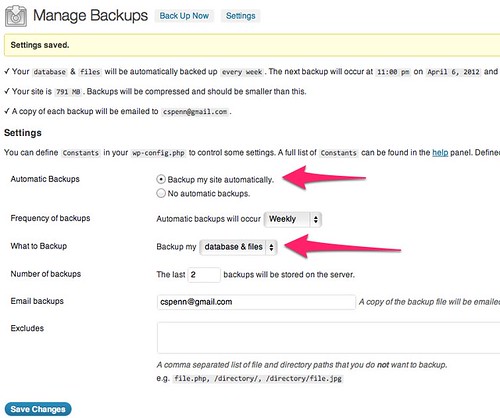4:03 PM. Second story of the parking garage outside of Student Loan Network headquarters. Dark and stormy night… wait, no, wrong story. Anyway, it’s Friday, the weekend is here, I’m ready to relax and head to the Boston Martial Arts Center for an evening of training when I get to my car and notice…
Yep. My rear passenger window has been shattered, blown into a thousand pieces by some blunt force. My first reaction, of course, is more than a bit of profanity, followed by my checking out the car to see if anything inside is missing. I’m carrying my laptop, DSLR, video camera, lenses, iPods, etc. on my person so I know they can’t be missing. (yes, when I go to work, I look like a digital sherpa) The car’s GPS is built into the frame, so it’s not like you can just reach in and take it.
What in the world made someone want to bust into my car, when there was nothing obvious to take?
Then I notice something really odd. I’m standing in glass. A lot of glass.
This makes no sense to me. Why is there glass all over the concrete, when smashing in the window should put the glass all inside the car, or mostly inside the car?
I wait for a bit while building security investigate, records the incident, and notify the local police. Incidentally, the police dispatch said, “We’re really kind of busy now. We’ll take the information but we don’t have any officers to spare…”
So I look around a bit and then notice what is missing from my car. In fact, it’s missing from the car, but not by much. 10 feet away, next to another car, is my gym bag.
Suddenly it makes sense. Smash in the window, grab the bag, and as you pull it out, it pulls the rest of the window out, spewing glass all over the concrete like crystalline vomit.
By now I’m more intrigued than anything. Everything valuable is on me, and being the overly cautious financial sort (working in financial aid does that to you), I know insurance will cover everything with no deductible. So I wander over to my bag, noticing that my workout clothes are strewn about on the parking lot concrete.
Whoever broke the window and took the bag was looking for something in it. A Rolex? Jewelry? Drugs? Who knows? I have none of those things because again, I’m a nerd and all my valued possessions are devices which are usually on me.
After all is said and done, I end up laughing most of the way home, the mental image of a petty crook doing a furtive smash & grab, frantically crouched down between vehicles, rifling through workout clothes, possibly holding their nose the entire time, only to come away with lingering gym bag odor and not much else. Sucker!
There is an important lesson here, of course, and that is even the perception of valuables is enough to motivate a desperate thief. I’d guess he or she has had enough success in the past with the same tactic that it was a risk worth taking in our parking garage. For the future, I’ll keep my workout bag in the trunk, and if you find yourself in similar circumstances, you might want to do the same. The economy’s continued pressures on everyone means that desperation will only increase.
Did you enjoy this blog post? If so, please subscribe right now!
Enjoyed it? Please share it!
Get this and other great articles from the source at www.ChristopherSPenn.com

















